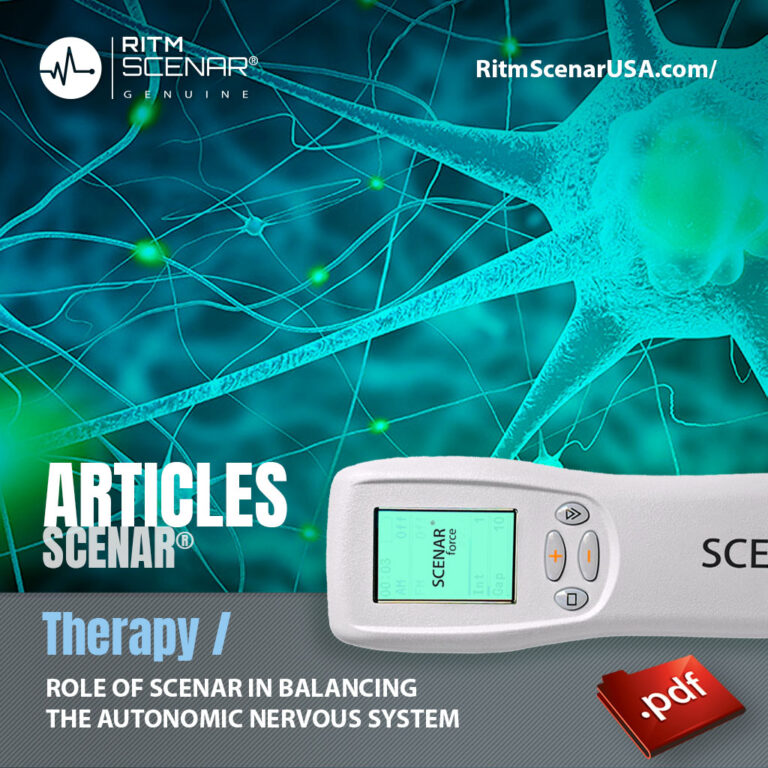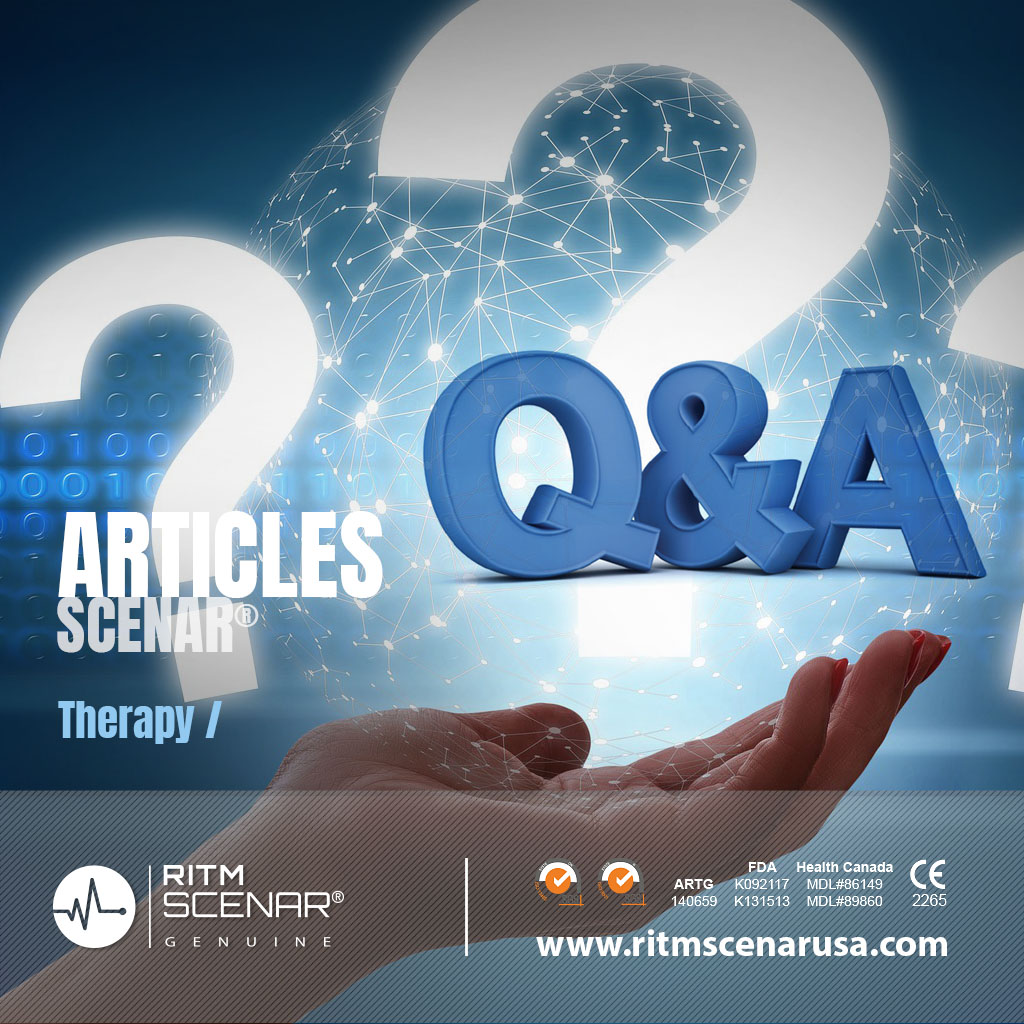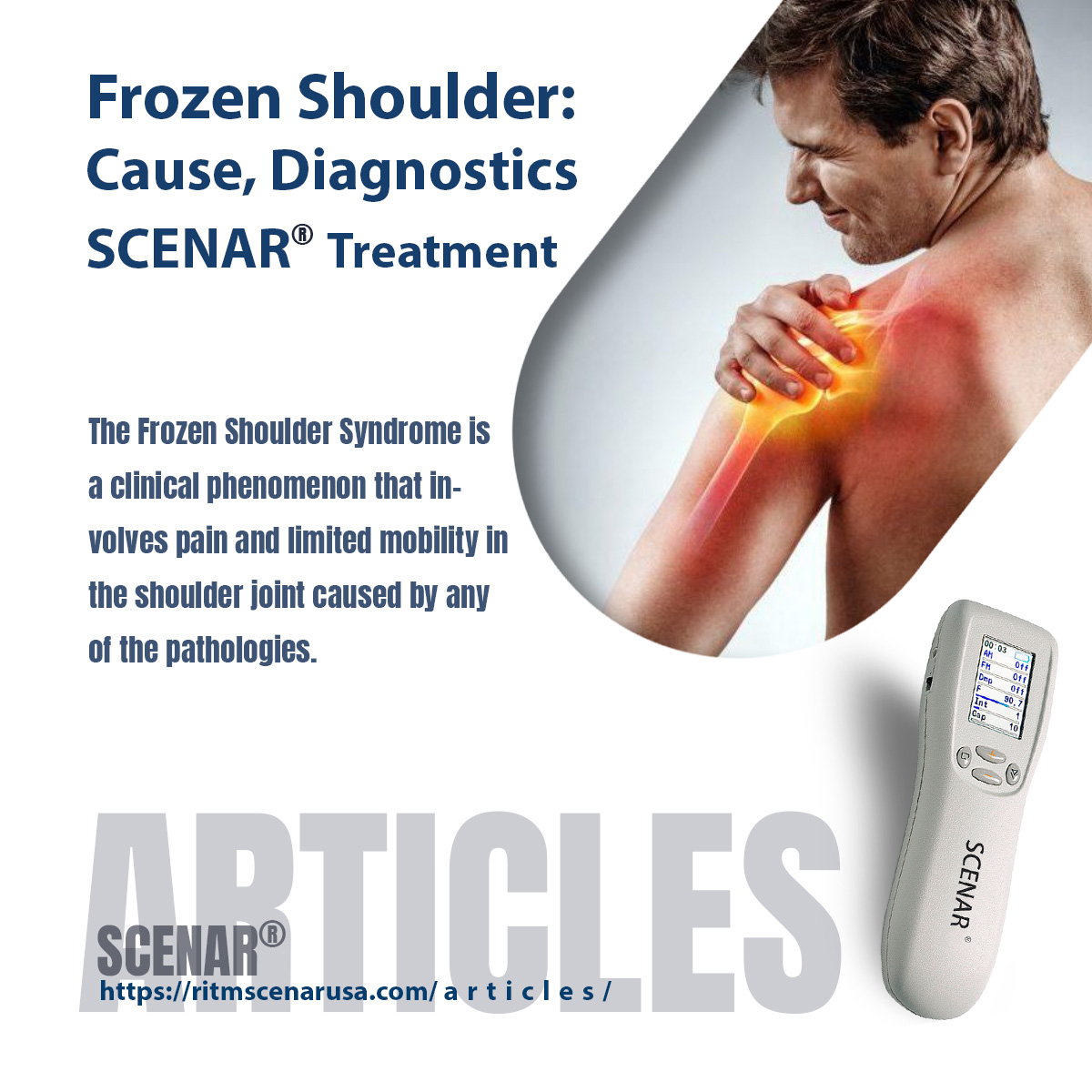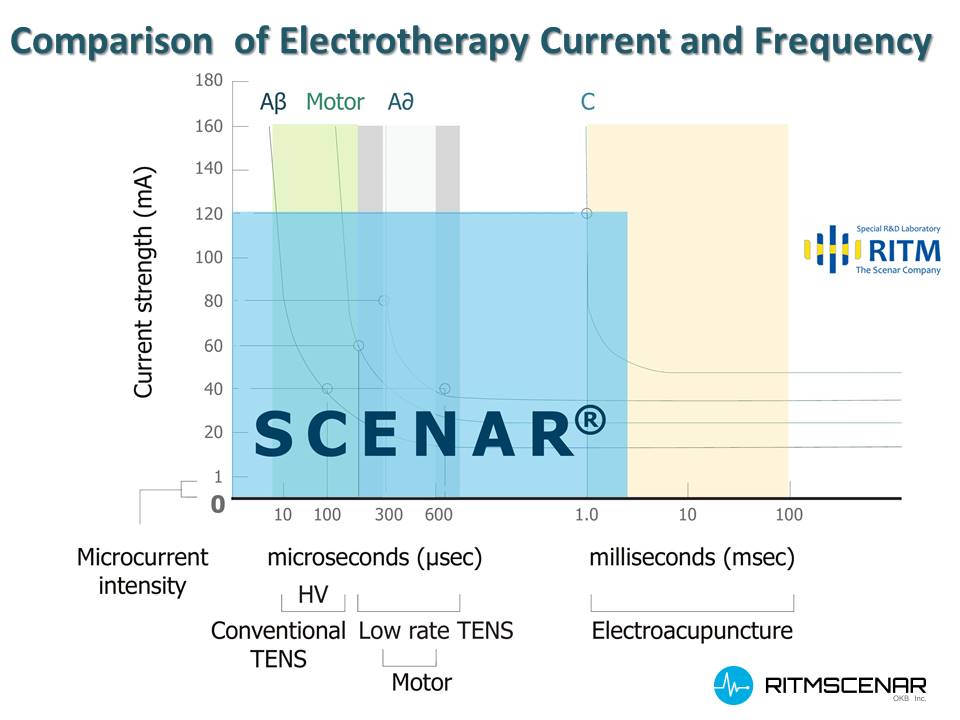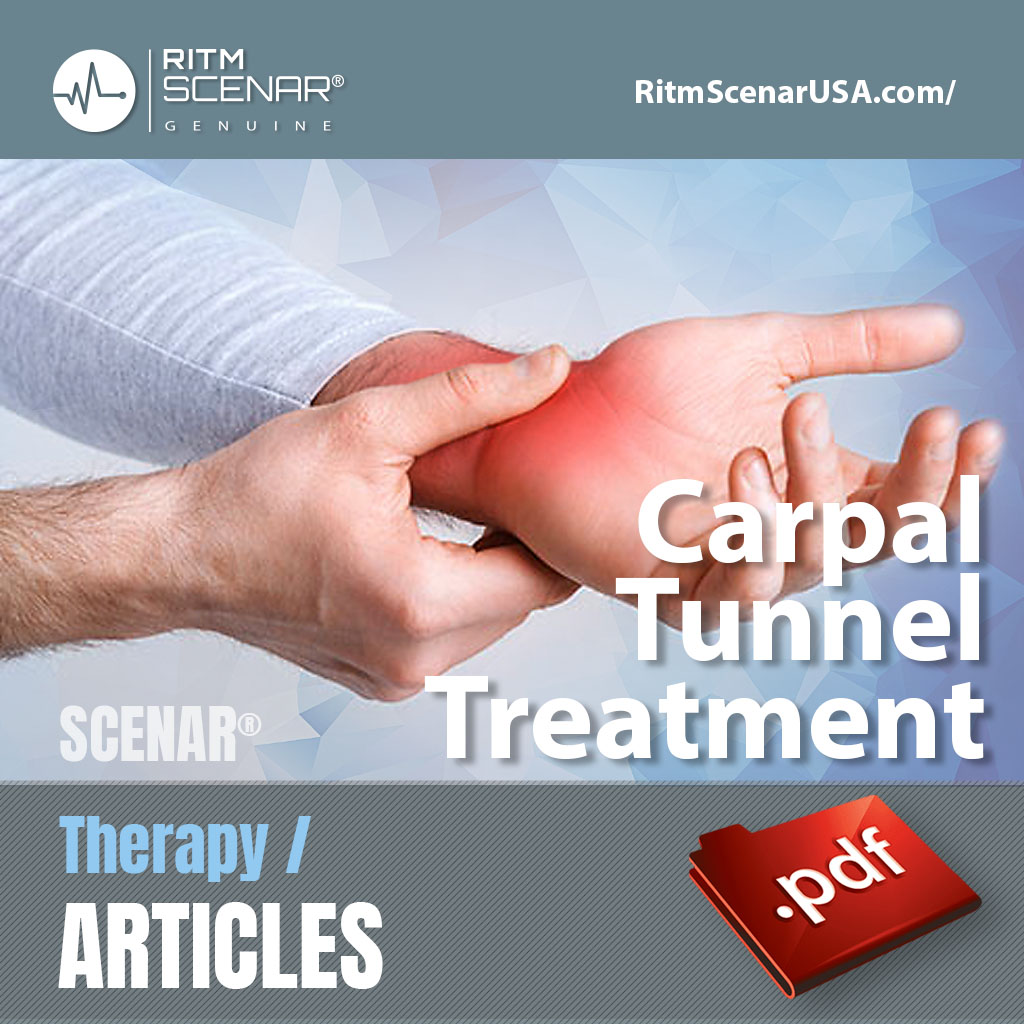Medical contributors: Dr.Iosif Semikatov, MD, Dr.Konstantin Nikitin, MD,
Nervous system consists of two main parts, the central nervous system (CNS) and the peripheral nervous system (PNS). The PNS is divided into three separate subsystems, the somatic, autonomic, and enteric nervous systems. Somatic nerves mediate voluntary movement. The autonomic nervous system is further subdivided into the sympathetic and the parasympathetic nervous systems.
The somatic nervous system, whose activity is associated with volitional actions and reactions of the body, the autonomic nervous system (ANS) is involved in control, regardless of the processes in the body that a person needs. It is characterized by the regulation of the functions of internal organs, the maintenance of homeostasis of the body (the constancy of the internal environment) and participation in behavioral reactions. The control of habitual and vital activities such as digestion, respiration, blood circulation, etc., is a function of the autonomic nervous system.
